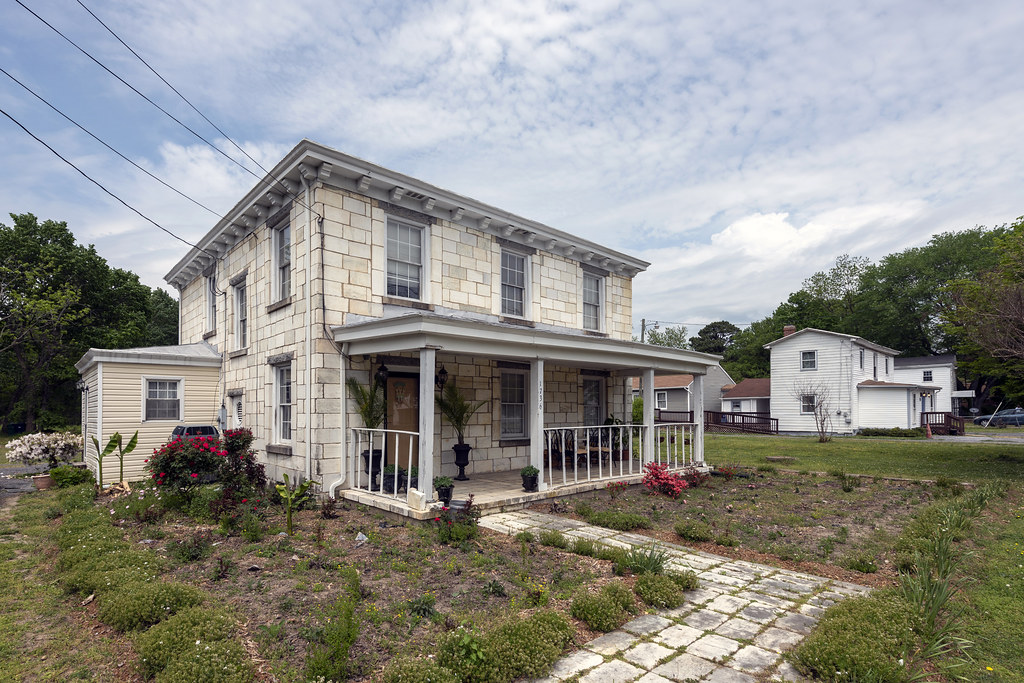Yet, it was built only in 1934.
That year, resident Oswald Young struck a deal with the Poplar Grove National Cemetery near Petersburg.
The opportunistic Oswald Young snagged hundreds of good pieces for the princely sum of $45.
Only a few were given proper burials and their graves marked with a wooden headboard.
In 1866, Lt.
Colonel James Moore began scouting the Petersburg area for land for a National Cemetery.

Eventually, a farm just south of the city was chosen.
This tract of land had been the campground for the 50th New York Volunteer Engineers.
After the establishment of the cemetery, work began on the transfer of bodies.
Thousands of bodies were dug up from nearly 100 separate burial sites around Petersburg and reburied at Poplar Grove.
Known as the burial corps, these men worked for three years until 1869.
By then, they interred approximately 6,700 remains, of which only 2,139 bodies were positively identified.
In the decades following the conversion of the cemeterys tombstones, the Poplar Grove Cemetery slowly slipped into neglect.
Mowing the grass and the annual placement of flags were theonly maintenance work performed.
The cemetery’s wall crumbled and its flagpole collected rust.
Families and descendants of those buried complained for years for the dishonor shown towards the fallen war veterans.
Eventually, the government earmarked a budget of several million dollars for rehabilitation of the cemetery.
Between 2015 and 2017, more than five thousand markers were replaced and improvements were made throughout the property.
The Poplar Grove National Cemetery after the tombstones were uprighted.
Photo credit: CNN
The new upright markers on the graves.
The old markers were destroyed.

